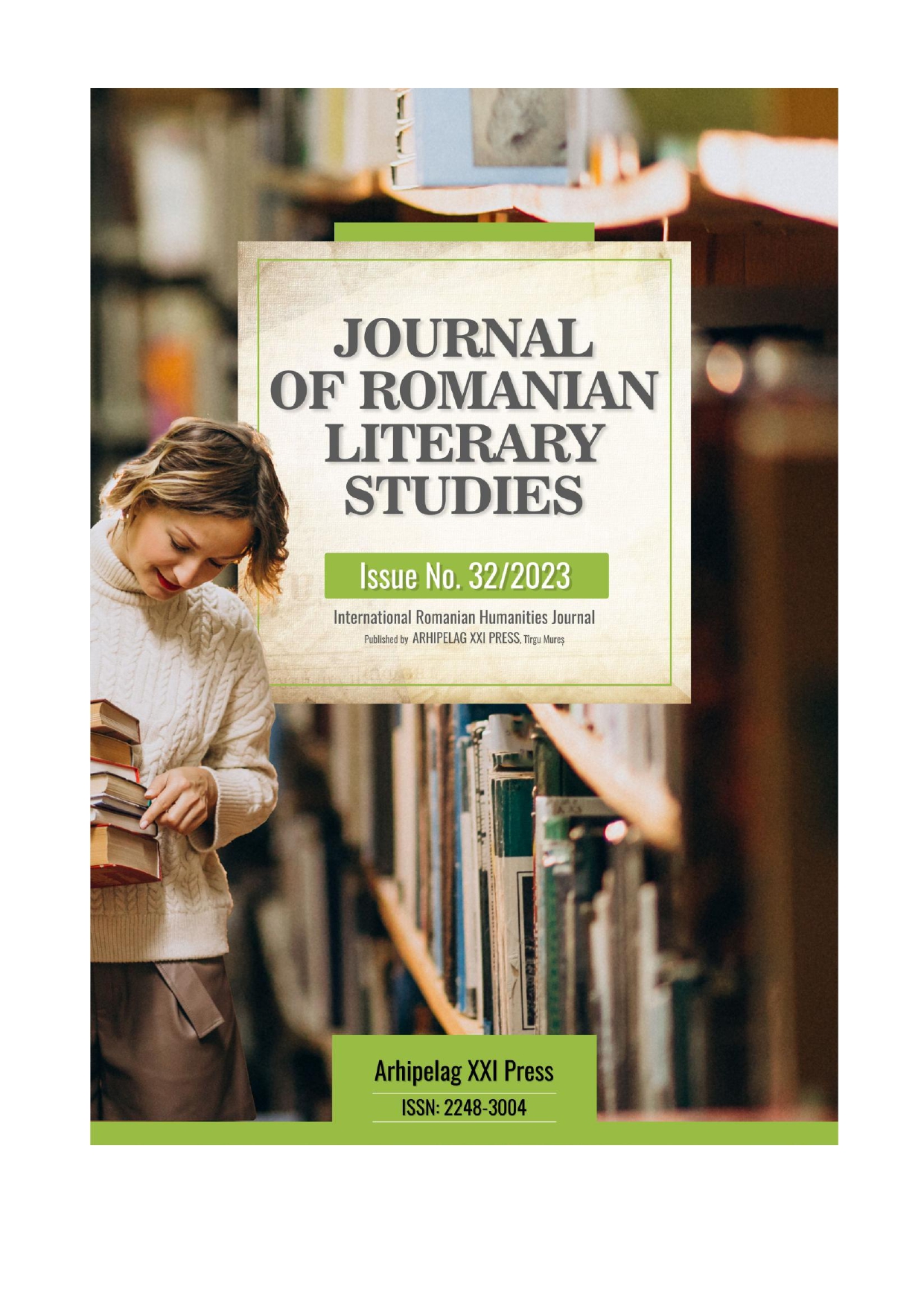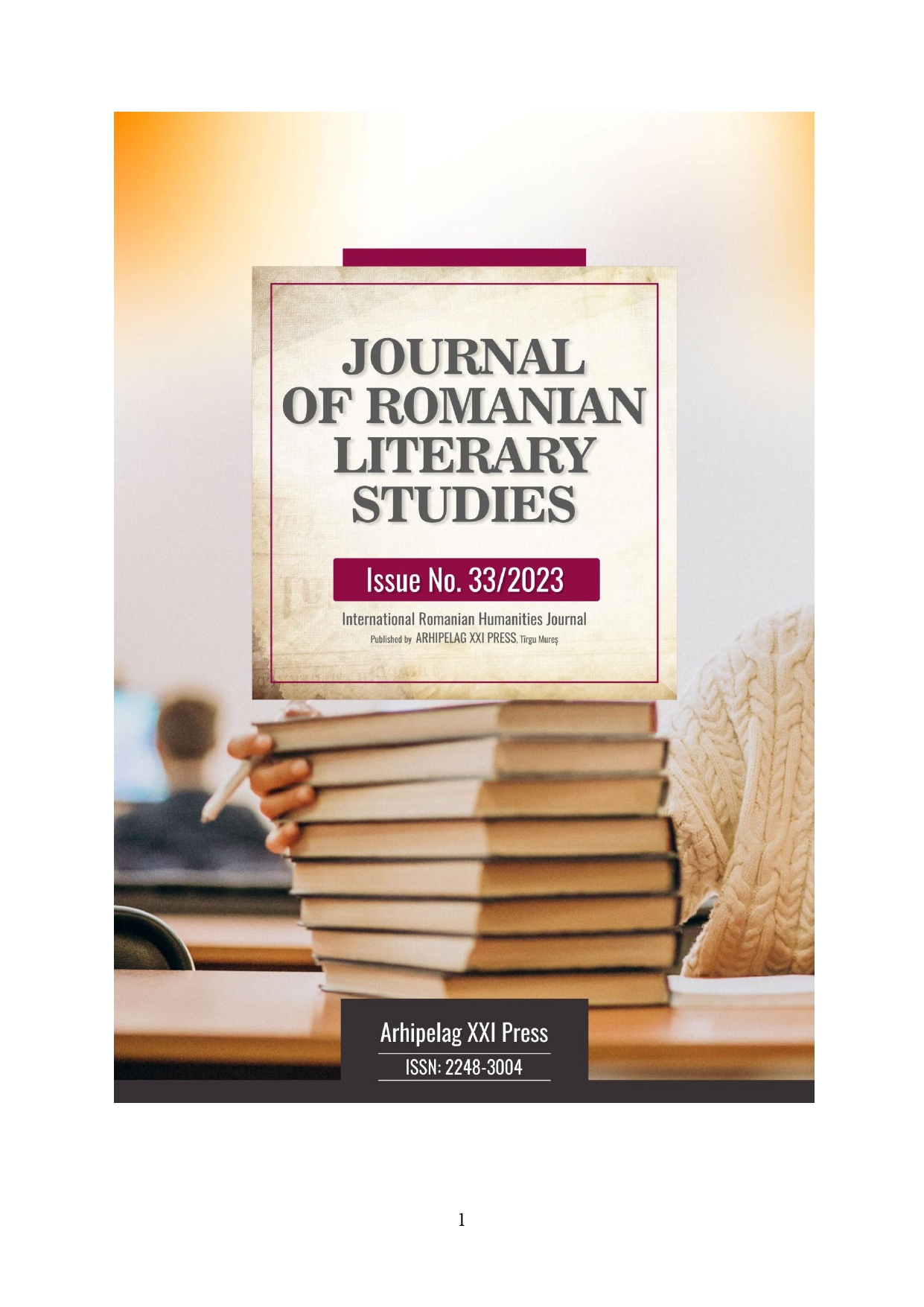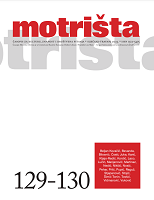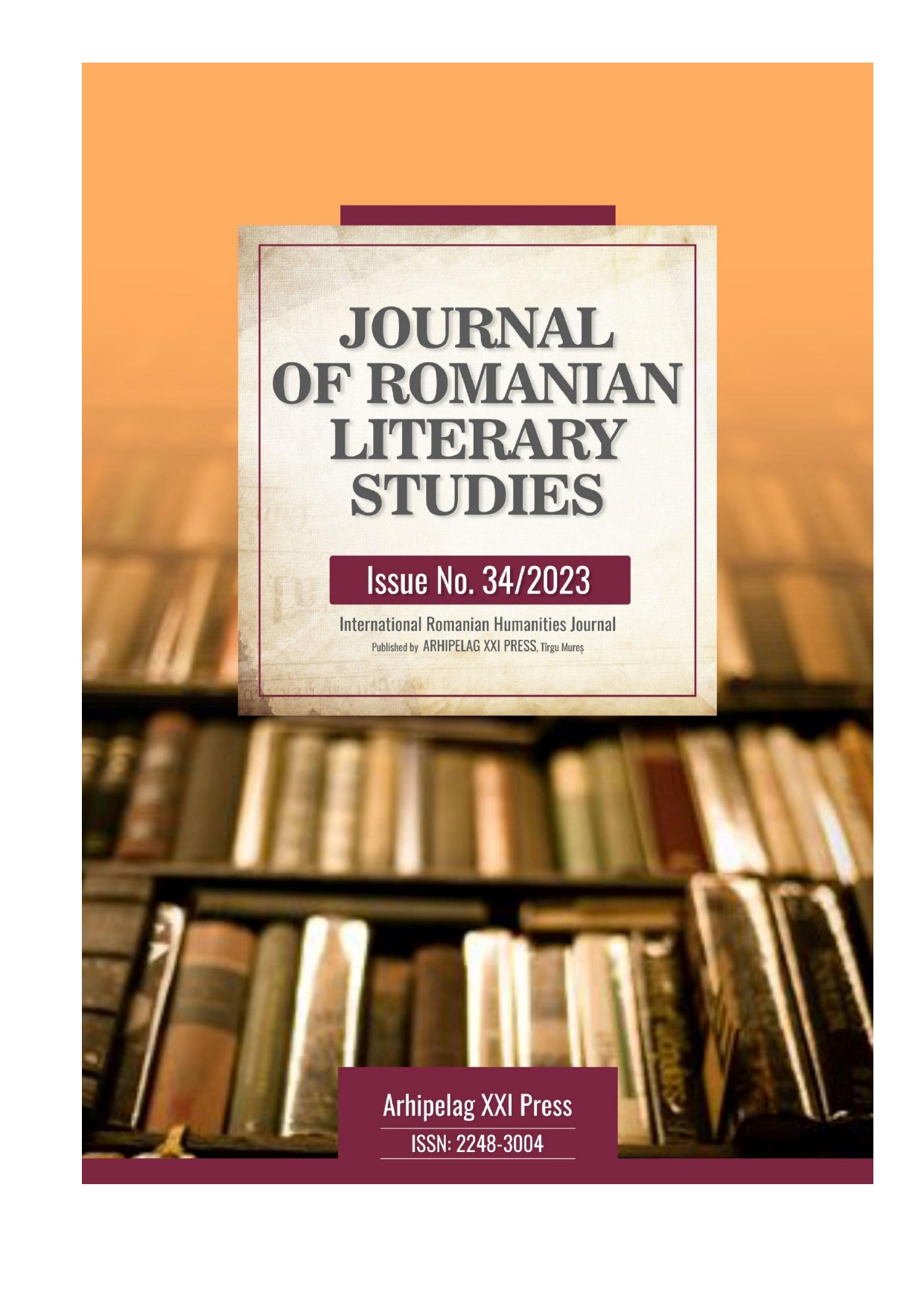A social dimension of the activities of selected contemporary animated film characters
Animated film characters represent various attitudes, points of view and issues, including social problems. Many of them are shown as carriers of socially approved character traits, who have an important mission or fight for the greater good. It must be emphasised that a film hero, as the key element of the film plot is the centre of attention for a viewer. The holistic reception, including all the values, norms and principles, proves to be an effective tool during educational and therapeutic work. Thanks to considerations into the social dimension of activities, based on the example of particular characters, it is possible to appreciate in animated films the significance of the issues which are still unnoticed and regarded as childish. The development of this topic is the result of the researcher’s own research into the social message of animated works.
More...



